In Ginowan, Okinawa Prefecture, there’s a field — now largely overgrown but once home to numerous farms — boxed in by highways, a major U.S. military base and various residential complexes. Amid the tall grass sits a high-end audio recording device with a small, almost cutesy rooftop placed above it.
The device, which is used to record the surrounding landscape, with a particular interest in birds, might seem like an unlikely candidate for something that could provide insights into climate change’s ecological impact — especially next to a steady stream of birds of a different sort: noisy helicopters and planes going to and from U.S. Marine Corps Air Station Futenma.
But combined with devices at 22 other sites spread across Okinawa’s main island and backed by advancements in artificial intelligence, the recorder is giving scientists at the Okinawa Institute of Science and Technology the data they need to track how the species that call it home are being affected by climate change.
The progression, causes and effects of climate change have been measured by everything from multimillion-dollar satellites to the humble thermometer, but increasingly scientists are turning to sound to track warming’s troubling roles in the biodiversity crisis and collapse of ecosystems.
From Okinawa to Borneo to Australia, a growing number of “passive acoustic monitoring” projects are feeding scientists with data about changes to ecosystems and their biodiversity, broadening research beyond that targeted at individual species. And as that data covers ever greater stretches of time and encompasses extreme weather events, the more it can tell us about the impact that climate change is having.
If a bird calls
Passive acoustic monitoring provides the foundation for soundscape ecology, or ecoacoustics, which quantifies soundscapes and investigates how they change depending on the surrounding environment over time. With these increasingly hardy and long-lasting devices, scientists can now gather sonic data for longer and across larger areas than they realistically could before, as well as in places that are inhospitable for field work.
In addition to climate change, the resulting information can also shed light on the impacts of land-use change as well as the success of conservation and rewilding projects.
In the case of the devices in Okinawa, which are part of OIST’s Okinawa Environmental Observation Network (OKEON), they enable the gathering of data around the clock from across the island, capturing everything from the heavily urbanized south through to parts of the relatively untouched stretches of forest in Yambaru National Park, a UNESCO World Heritage site. There are 24 sites in total, and these also incorporate weather stations and insect and camera traps (after an aviary was installed nearby, one of the stations became unusable for audio purposes).
People have been recording animals and natural soundscapes for decades, feeding into a variety of disciplines such as bioacoustics, but soundscape ecology has been galvanized by two things: agenda-setting papers in 2011 that took key steps in mapping out the possibilities of the field, and advancements in technology that enable both the acquisition and processing of tremendous amounts of data.
“The field is moving insanely fast right now,” says Nicholas Friedman, curator of ornithology at the Leibniz Institute for the Analysis of Biodiversity Change in Hamburg, Germany, who previously worked at OIST and added the acoustic monitoring to OKEON. “I think it's really hitting its stride.”
The fundamental building block of soundscape ecology is, naturally, the recording devices, and these have seen significant shifts since 2007, becoming more reliable, autonomous, affordable and smaller.
The OKEON project currently uses recording devices costing $900 each, although those costing about $100 are now viable as well depending on the project. The more expensive models can potentially operate out in the field for as long as eight months.
Researchers can program recording patterns — for OKEON, it is currently one minute every 30 minutes — and leave them to do their thing.

The utility of these devices has been bolstered by improvements in somewhat prosaic tech such as batteries and SD cards, allowing scientists to record more and for longer.
The more significant progress, however, lies with how the resulting data is processed, with machine learning allowing researchers to identify and group sounds in the recordings. The OIST team has used supervised machine-learning tools such as Wildlife Acoustics’ Kaleidoscope Pro, which entails helping the system identify sounds correctly — at one point, one researcher had to manually listen to about 100 hours of crows.
But even more advanced capabilities are coming online, such as “convolutional neural networks” and “transfer learning,” the latter being where a model used for one task is reapplied to a related one. These, in turn, are helping researchers process data faster and in greater detail.
“That (supervised machine learning) is almost a fossil by now,” says Samuel Ross, a postdoctoral scholar at OIST whose research focuses on ecological resilience and stability. “These deep learning approaches are really revolutionizing how we think about the soundscape.”
While soundscape ecology touches on the technological sublime, it is fundamentally based on field work, with this playing a key role in not only collecting data but also linking the analysis of the sounds with real-world observations. On that front, the OIST team is now measuring forest canopy cover using a special camera strapped to a person’s head, in order to better tie post-typhoon soundscapes to forest conditions.
The efforts of citizen scientists play a role too, with information uploaded to platforms such as eBird helping to identify birds, particularly recordings of their calls.
The OIST field work is also an altogether messier enterprise, bringing challenges of its own. And for the insects that inhabit the Okinawan jungle, the recorders are valued for a different reason.
“There's like this nice, warm, dry box — suddenly, every ant and moth in the whole forest decides it wants to live there,” says Friedman. “And so I would open up these recorders, change the batteries, and there'd be an entire ants nest in there, and the thing would be just junked.”
It’s also not as simple as sticking up some mics across a landscape.
“It can be quite easy to misuse some of these methods,” says Ross. “You do need a kind of basic understanding of a little bit of sound physics, a little bit of engineering, a little bit of data science.”
Then, there are other concerns around soundscape ecology, namely whether you can identify a species’ abundance from a recording, or whether the recordings really reflect the biodiversity of the area. On both points, Ross concedes that they don’t really know or can’t be sure, or it depends on the context. Still, advances in machine learning and other technologies may partially or even fully address those worries by helping to better identify species in recordings and differentiating between sounds.
And more to the point, scientists believe the recordings can usefully track changes in biodiversity. That means they can tell us things about how ecological communities respond to extreme weather or climate change.
“If you see a change in the community, or change in the number of species present, or the diversity of those species, you are quite likely to get a change in the soundscape,” Ross says.
The sound of climate change
The OKEON project is designed to track the natural and human factors affecting Okinawa’s main island, but climate change was not an explicit focus within that. Still, it loomed in the background as an inescapable part of that anthropogenic influence, and as time has gone on the OIST researchers have been able to tackle issues related to it.
“Increasingly now we have people who would consider themselves ecologists ... who are interested in questions about climate, and we now are coming at this from a different angle, saying ‘OK, well, we can use all these acoustics methods as a tool to ask questions about climate change,’” Ross says.
“Climate change acts on quite a long time scale, and so increasingly as we get year after year after year of this data coming in, we're more and more able to ask questions that are of relevance to climate change.”
Climate change’s relationship with biodiversity is twofold. On one hand, biodiversity can help shore up the natural processes that absorb carbon. What’s more, biodiverse places are more resilient — which helps maintain the ecosystems that humans depend on for everything from medicine to food.
On the other, while warming is not the main driver of biodiversity decline — that would be land use, particularly for food production — it has a role to play by changing ecosystems.
“Small places like Okinawa, island ecosystems, are also really fragile and susceptible to climate change,” says Friedman.
“For the animals that are endemic to Okinawa, if climate change moves their optimal range to the north, they can't swim up to Amami Oshima,” he adds, referring to the Kagoshima Prefecture island northeast of Okinawa.
The OIST team has already begun to test the impact of extreme weather, publishing a paper in December last year, based on 13,000 hours of audio, on the impact of super Typhoon Trami and Typhoon Kong-rey in 2018, with some surprising results.
Contrary to expectations, the monitoring sites saw diverging responses, which in Ross’ view suggests “spatial insurance” — where island-wide ecosystem health is maintained because differences between local sites cancel out as animals emigrate from more sheltered sites to those worse affected by, in this case, typhoons.
Although climate change has not been linked to the severity or likelihood of Trami or Kong-rey, around the world, more intense and destructive storms are occurring more often due to warming. And warming is increasing the chance and intensity of other forms of extreme weather — events that the OIST team plans to incorporate into their work. Altogether, that means the observed resilience might not hold.
Away from instances of extreme weather, some of the best, most climate-relevant data will be obtained after passive acoustic monitoring projects have been running for decades. At that point, Ross hopes that scientists will be able to say how changes in temperature and climate affect the soundscape, and thus biodiversity.
But with the world already having warmed roughly 1 degrees Celsius compared with the preindustrial era — and having crossed the important 1.5 C threshold last year by some measures — it is crucial for researchers to obtain the data on soundscapes of different environments now, thereby enabling studies such as the one on Trami and Kong-Rey.
“If we want to use soundscape data to inform climate action and the urgency of climate policy and so on, then we need these immediate baseline data,” says Ross. “The most valuable datasets will be those that span 30, 40, 50 years, but before then what we can do is we can compare to baseline.
“There is a sense that people are saying, ‘Oh no, we need to collect this baseline data now, before things get worse.’”








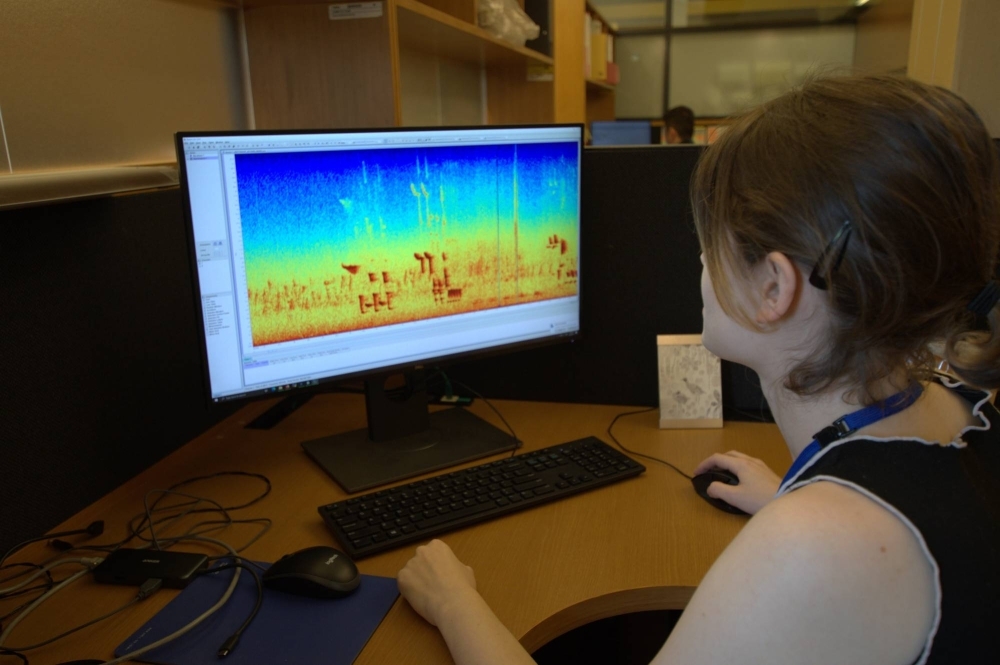
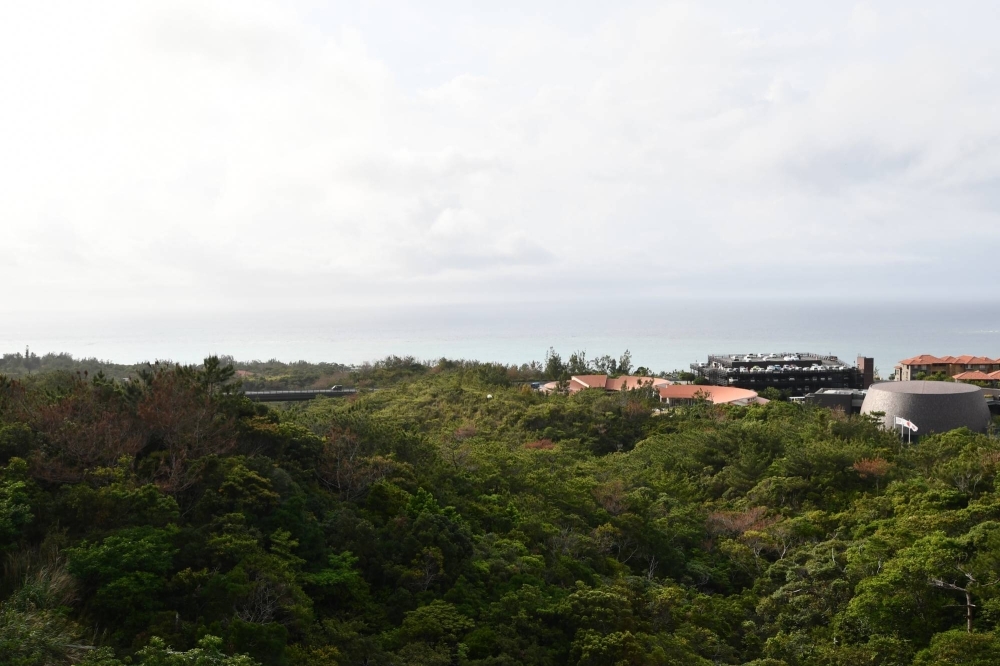
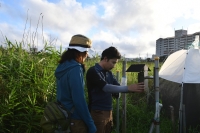


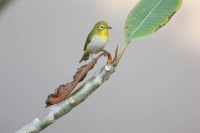

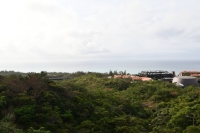
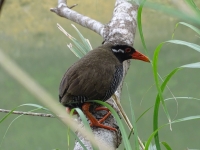
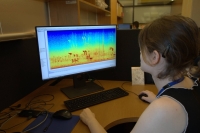













With your current subscription plan you can comment on stories. However, before writing your first comment, please create a display name in the Profile section of your subscriber account page.